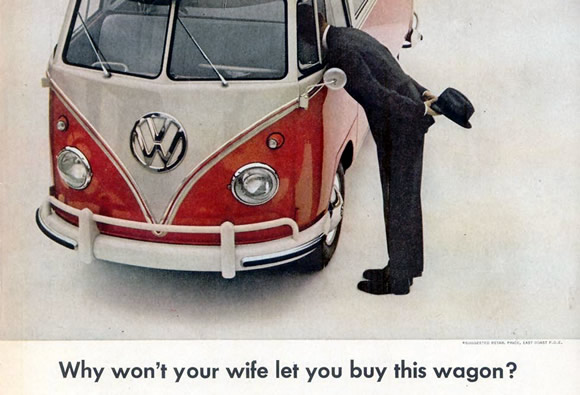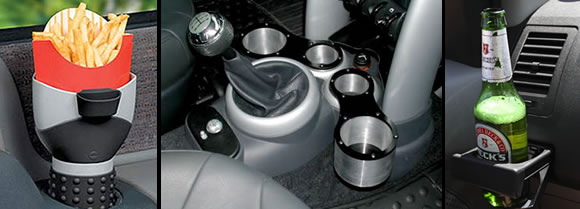
Almost all owners of 240s have to figure out a plan to have a wet beverage in their car. Unless you’re one of the lucky few who have the rare armrest-mounted cup slings, you either put in some crappy aftermarket mini-bucket, or you shove your latte into the door pocket. Or you go thirsty and speed past all highway rest stops.
Cup holders seem as neccessary to modern vehicles as windshield wipers and cruise control (which I don’t have either). But it wasn’t always that way.
A few years ago Slate posted a short overview of the growth of the cupholder in the US auto industry. In the early part of the 20th century you’d have a tough time keeping a drink from spilling while driving on rough roads with your cars bone-jarring suspension. With the advent of eating in parked cars, auto makers added indented circles to the inside door of car gloveboxes. The 240s have them, but you’d have to put your tray back in the upright position if you encounter turbulence.
While American manufacturers developed holders in the armrests and between the seats of cars in the 80s, European car makers had no interest in giving up precious real estate for drinking, an activity that was meant to be enjoyed while stationary, preferably in front of a chic cafe.
Things have changed. According to this 2005 article about the eating and drinking habits of mobile Americans in the NY Times, Volvo has now accepted their multi-cup-holder fate:
Cup-holder ubiquity has reached the extreme in the Volvo XC90 sport-utility vehicle, which has 18 beverage holders – nine for standard cups and nine to hold large bottles. The vehicle seats seven passengers.
Back in 2004 Malcolm Gladwell interviewed cultural anthropologist G. Clotaire Rapaille about the seemingly irrational, reptilian responses people have to products, and the psychological basis for them. Speaking about cupholders, Rapaille asks and answers his own question:
What was the key element of safety when you were a child? It was that your mother fed you, and there was warm liquid.  That’s why cupholders are absolutely crucial for safety.  If there is a car that has no cupholder, it is not safe.  If I can put my coffee there, if I can have my food, if everything is round, if it’s soft, and if I’m high, then I feel safe.  It’s amazing that intelligent, educated women will look at a car and the first thing they will look at is how many cupholders it has.
So much for the heavy steel cage and collapsable front end of my 240; without cup-holders, I’m screwed.
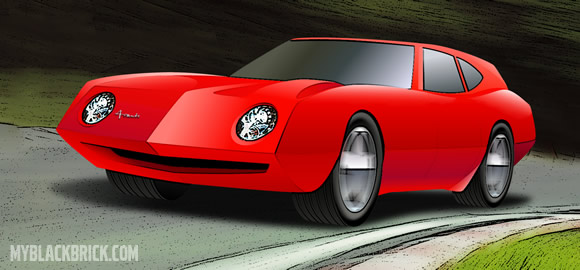
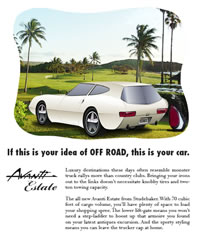
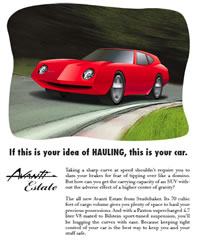
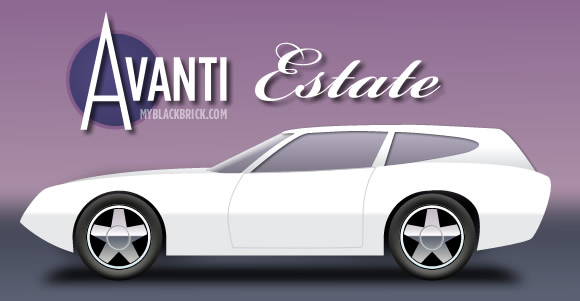
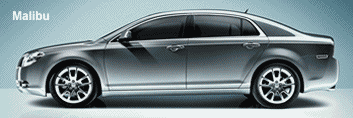 The other day I saw a group of
The other day I saw a group of 